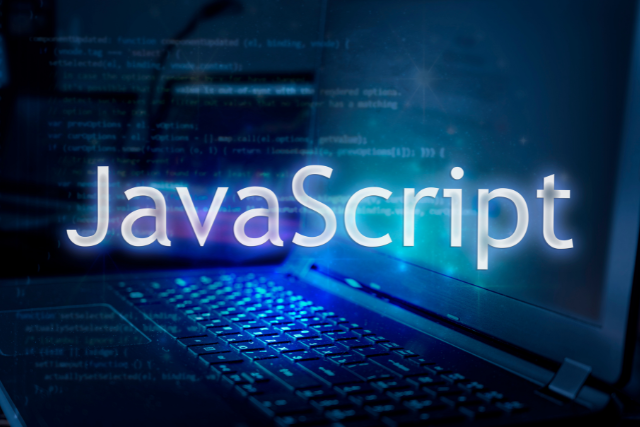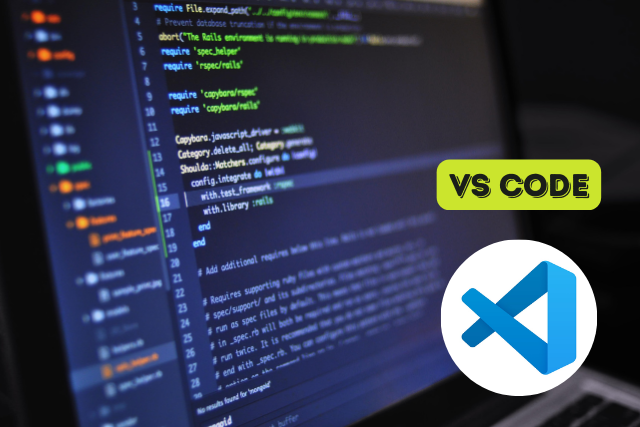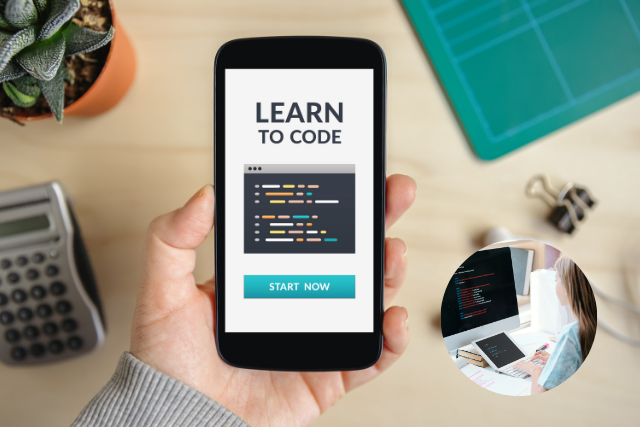Python has become a go-to language for developers due to its simplicity and versatility. When developing Graphical User Interfaces (GUIs) in Python, numerous frameworks are available that make the task easier and more efficient.
Whether a beginner or an experienced developer, having the right GUI framework can greatly enhance productivity and help you create visually appealing applications.
In this article, we will explore the top 5 Python GUI frameworks that every developer should consider using, ranging from popular choices like Tkinter and PyQt5 to lesser-known yet powerful options such as PySide2 and Kivy.
So, let’s dive into this exciting world of Python GUI frameworks and discover the best suits your needs!
Table of Contents
Why Python GUI frameworks are important?
Python GUI frameworks play a pivotal role in modern software development due to their profound impact on user interfaces and application accessibility.
In this elaborative exploration, we delve into the significance of these frameworks, shedding light on their multifaceted benefits.
Enhanced User Experience
Python GUI frameworks excel in delivering an enriched user experience. They facilitate the creation of visually captivating and interactive interfaces, elevating the overall impression of the application.
These frameworks empower developers to craft aesthetically pleasing interfaces that resonate with users by offering customizable components and widgets.
This visual appeal captivates users and makes the application more intuitive and engaging.
Cross-Platform Compatibility
The beauty of Python GUI frameworks lies in their ability to transcend platform limitations. They enable developers to build applications seamlessly operating on various operating systems, including Windows, macOS, and Linux.
This cross-platform compatibility eliminates the need for separate development efforts, reducing redundancy and streamlining the development process.
Consequently, developers can reach a broader audience without platform-specific adaptation.
Rapid Application Development
Time is of the essence in the world of software development. Python GUI frameworks accelerate the development cycle significantly.
By offering an extensive array of pre-built UI elements, these frameworks eliminate the need to reinvent the wheel.
Developers can harness drag-and-drop functionality and ready-made templates, facilitating rapid application development. This agility saves time and enables swift iteration and response to changing requirements.
Abundance of Libraries and Tools
Python’s versatility extends to its wealth of libraries and tools for GUI development. These libraries supplement Python GUI frameworks with additional functionality and features.
Developers can seamlessly integrate various functionalities into their applications, such as data visualization, multimedia support, and database connectivity.
This extensibility enables creation feature-rich applications that cater to diverse user needs.
Community Support and Documentation
Python’s strength lies in its vibrant and extensive community of developers. This community actively contributes to the growth and maintenance of various GUI frameworks.
Regular updates, bug fixes, and comprehensive documentation are hallmarks of Python GUI frameworks.
This robust support system ensures that developers can readily access resources for learning, troubleshooting, and enhancing their skills.
As a result, newcomers’ entry barriers are lowered, and experienced developers have access to a wealth of knowledge to refine their craft.
In short, Python GUI frameworks offer compelling advantages that make them indispensable in contemporary software development.
They elevate user experiences, ensure cross-platform compatibility, expedite development, provide access to an extensive library ecosystem, and are backed by a thriving community.
Embracing these frameworks empowers developers to create applications that meet and exceed user expectations, fostering innovation and efficiency in the software development landscape.
Tkinter: The standard GUI toolkit for Python
Tkinter, the standard GUI toolkit for Python, is a reliable and time-tested choice for developers. Known for its simplicity and ease of use, Tkinter allows programmers to create visually appealing desktop applications with minimal effort.
Its extensive library of widgets provides various interactive elements that can be easily customized to fit any application’s needs.
One key advantage of Tkinter is its cross-platform compatibility. Applications built with Tkinter can run smoothly on Windows, macOS, and Linux systems without additional installations or dependencies.
This makes it an excellent choice for developers who want their applications to reach a wide audience.
Another notable aspect of Tkinter is its seamless integration with other Python libraries and frameworks.
Whether you need to incorporate data visualization with Matplotlib or connect your application to a database using SQLAlchemy, Tkinter plays well with others, allowing you to leverage the power of Python to enhance your GUI development process.
Although some developers might argue that Tkinter lacks advanced features compared to other GUI frameworks such as PyQt or wxPython, it offers all the essential tools needed for creating polished desktop applications quickly and efficiently.
With its simplicity and compatibility across platforms, it remains one of the most popular choices among Python developers seeking an intuitive way to build graphical user interfaces.
PyQt: A powerful and versatile GUI framework
PyQt is a GUI framework that stands out for its power and versatility. Thanks to its extensive collection of pre-built widgets and tools, developers can easily create stunning graphical interfaces.
One of the most striking features of PyQt is its ability to integrate seamlessly with other programming languages like C++ and Java.
This makes it an ideal choice for developers who want to combine the strengths of different languages in their projects.
With PyQt, you can create cross-platform applications that run on Windows, macOS, Linux, and even mobile platforms like Android and iOS.
Another aspect that sets PyQt apart is its support for rapid application development (RAD). The framework provides a wide range of ready-to-use components, allowing developers to prototype and build functional user interfaces quickly.
Whether you are building a desktop app or a web-based tool, PyQt gives you the flexibility and efficiency needed to bring your ideas to life in no time.
To summarise, if you are looking for a robust GUI framework that offers excellent functionality and versatility, look no further than PyQt.
With its powerful tools and cross-platform compatibility, this framework empowers developers to create stunning graphical interfaces quickly and efficiently. So why wait? Start exploring the possibilities of PyQt today!
wxPython: Combining power and ease of use
wxPython is a GUI framework that offers developers a unique combination of powerful features and ease of use.
With wxPython, you don’t have to sacrifice functionality for simplicity, or vice versa. It provides robust tools and widgets to create professional-looking applications easily.
One of the standout features of wxPython is its highly customizable user interface. You have complete control over the look and feel of your application, thanks to the wide range of native-looking widgets available in wxPython.
Additionally, wxPython supports various platforms, including Windows, macOS, and Linux, which ensures a seamless user experience on different operating systems.
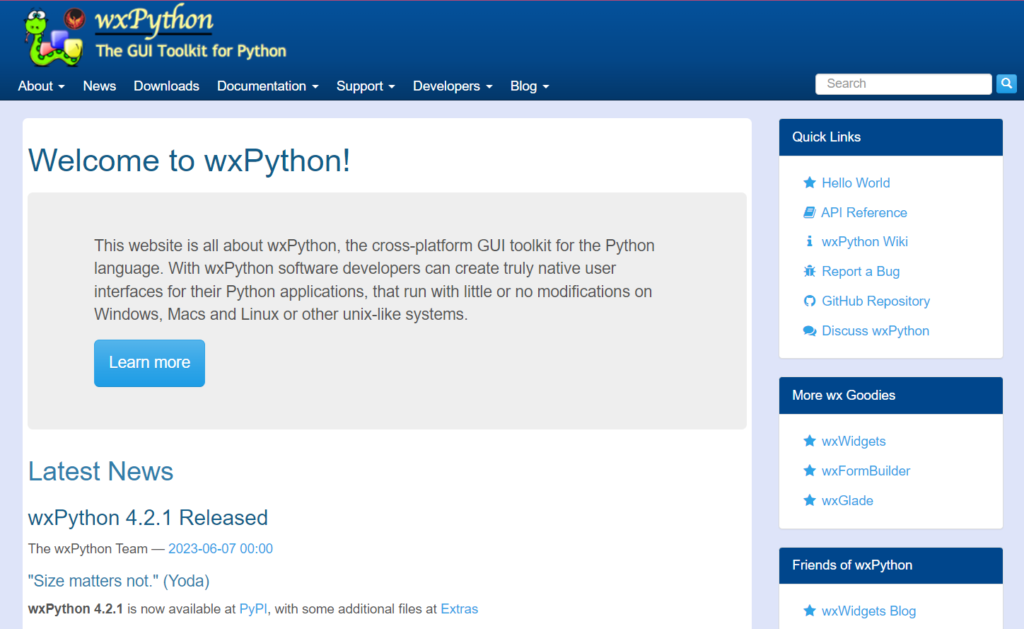
Another aspect that sets wxPython apart is its extensive documentation and active community support.
The official documentation covers everything from installation instructions to detailed explanations of each widget’s functionalities.
If you ever encounter an issue or need guidance, the community forums are always there to help.
If you’re looking for a Python GUI framework that seamlessly combines power and ease of use, look no further than wxPython.
Its customizable interface, cross-platform compatibility, and supportive community make it an excellent choice for developers seeking to quickly create visually appealing applications without compromising functionality.
Whether you’re an experienced developer or just starting with GUI development in Python, wxPython has something to offer everyone.
Kivy: Cross-platform and touch-enabled applications
Kivy is a powerful Python GUI framework that allows developers to create cross-platform and touch-enabled applications.
With Kivy, developers can write code once and deploy it on multiple platforms, including Windows, macOS, Linux, iOS, and Android.
One of the standout features of Kivy is its support for touch-enabled devices. Developers can easily create applications optimized for touch input without writing separate code for different devices.
This makes it incredibly convenient and efficient for building apps meant to be used on mobile devices or tablets.

In addition to its cross-platform capabilities and touch-enabled support, Kivy offers a wide range of customizable UI widgets and tools. This allows developers to create visually appealing user interfaces that enhance the overall user experience.
Regarding developing cross-platform applications with touch support, Kivy stands out as one of the top choices in the Python ecosystem.
Its versatility and robustness make it ideal for beginner and experienced developers looking to build innovative apps that work seamlessly across different platforms.
PyGTK: A popular choice for Linux developers
PyGTK is undoubtedly a popular choice for Linux developers and for good reason. With its extensive library of widgets and tools, PyGTK provides a robust and flexible framework for creating graphical user interfaces in Python.
Integrating the GTK+ toolkit ensures that applications built with PyGTK have a native look and feel across different Linux distributions.
One of the key advantages of PyGTK is its support for multiple programming languages through GObject Introspection. This feature allows developers to write GTK-based applications in Python and other languages like C, C++, JavaScript, and more.
This flexibility enables teams to work on projects using their preferred programming language while harnessing the power of GTK’s capabilities.
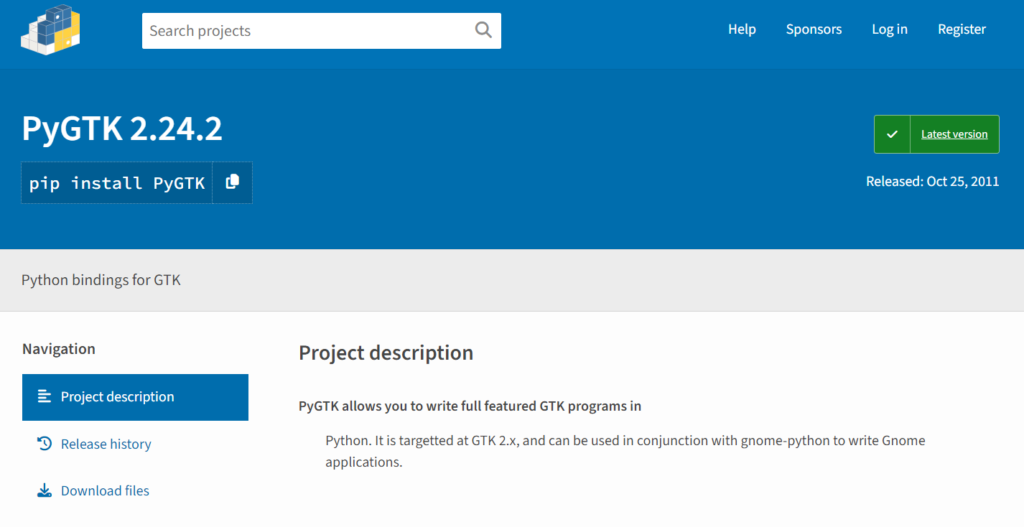
Furthermore, PyGTK benefits from being part of the larger GNOME ecosystem. As a result, it seamlessly integrates with other GNOME technologies, such as gnome-vfs for file management or GStreamer for multimedia handling.
The wealth of resources and documentation from the GNOME community makes learning and working with PyGTK easier.
PyGTK is an excellent choice for Linux developers due to its comprehensive widget library, cross-language support through GObject Introspection, and integration within the GNOME ecosystem.
Developers can create powerful GUI applications that adhere to the platform’s standards while using GTK+’s rich functionality.
Whether you are building open-source software or commercial products targeted at Linux users, PyGTK offers an elegant solution that fosters productivity without compromising performance or usability.
Conclusion: Choosing the right Python GUI framework
Several factors must be considered when choosing the right Python GUI framework for your project. Each framework has its features and capabilities, so evaluating what you need is important before making a final decision.
One key factor to consider is the level of customization each framework offers. Some frameworks, like PyQt or Tkinter, allow for extensive customization and control over the appearance and functionality of your GUI.
Others, such as Kivy or PyForms, provide a more streamlined approach with pre-built components that can be easily integrated into your application.
Another important consideration is community support and documentation. Python has a vibrant developer community that contributes to various frameworks, providing valuable resources like tutorials, code examples, and troubleshooting assistance.
It’s worth exploring the available resources for each framework to ensure you have access to the help you may need throughout your development process.
Ultimately, there is no absolute right choice regarding Python GUI frameworks. The best choice will depend on your specific project requirements and personal preferences.
Experimenting with different frameworks through small projects or prototypes can also help determine your needs best.
So take some time to explore and try out different options before settling on the one that feels most comfortable for





